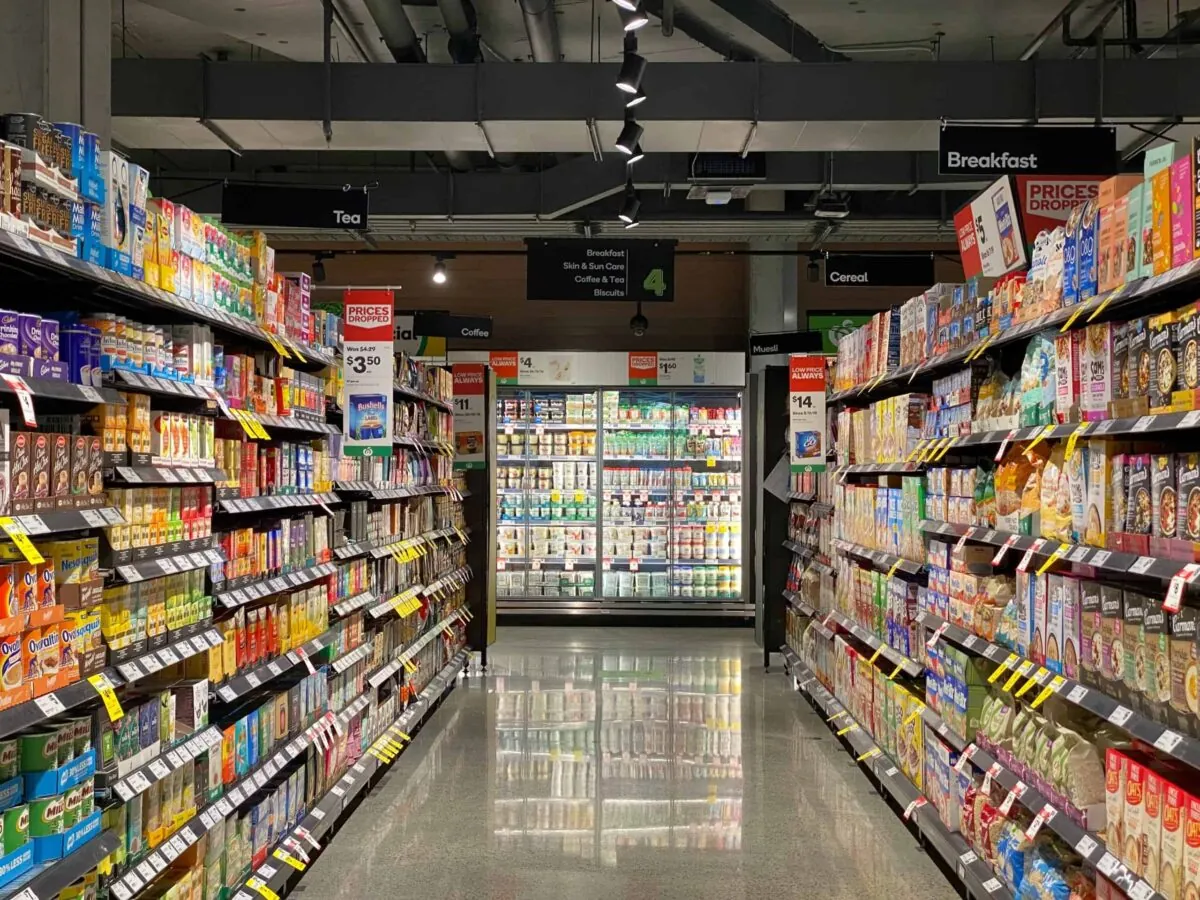CFIA Continues to Simplify and Modernize Food Labelling

Canada has taken another step toward consolidating its food labelling requirements and reducing the regulatory burden for the food industry.
On July 6, 2022, the Canadian Food Inspection Agency (“CFIA”) introduced changes to the Food and Drugs Regulations (“FDR”) and Safe Food for Canadians Regulations (“SFCR”). These changes serve to simplify labelling requirements, reduce duplication and introduce new measures to support the current state of the food system in Canada and better align our requirements with those of our international trading partners.
Published in the Canada Gazette, Part II, Volume 156, Number 14, the amendments are the result of the CFIA’s efforts to modernize food labelling through its Food Product Innovation initiative. The first step in consolidating Canada’s food regulation occurred in January 2019, when the Safe Food for Canadians Act and the SFCR came into force. The most recent amendments continue this consolidation and begin the process of modernizing Canadian food regulation to reduce the regulatory burden on industry and foster innovation.
Although amendments to the FDR and SFCR do not at this time result in any requirement for manufacturers to change their food labels, nor do they require any change to how these labels are inspected, they do cause changes for manufacturers in several key areas:
Repeal of Certain Standard Container Sizes: Standard container sizes and net quantity requirements applicable to various foods and food types have been removed from the SFCR.
Common Names of Ingredients: Although no changes have been made to the ingredient common names themselves at this time, the list of class names for spices, herbs and seasoning ingredients has been expanded and the description of seasoning ingredients has been clarified.
Commodity-Specific Requirements: Various commodity-specific requirements contained in the SFCR and FDR have been replaced by requirements regarding the “true nature” of food. Pursuant to this requirement, if a prepackaged food is likely to be mistaken for another food, words describing its “true nature” are required to be included on the principal display panel.
Licensing: Clarification has been made that restaurants and similar hospitality enterprises engaged in preparing food for customers that may be transported across borders are exempt from the licensing requirements of the SFCR.
In addition, in aid of consolidation, a number of items and topics have been incorporated by reference into the SFCR and FDR via documents prepared by the CFIA, enabling the CFIA to update these documents as may be required without the need to make formal amendments to the regulations. Examples of topics addressed via this approach include descriptive words, expressions and identification names for specific foods, standard container sizes and mandatory ingredient common names and optional class names.
For more information on these recent amendments, the CFIA is offering a webinar on September 21, 2022, in French and on September 27 in English. If your business requires assistance with interpreting or implementing these amendments, please contact our Agriculture & Food team.
Note: This article is of a general nature only and is not exhaustive of all possible legal rights or remedies. In addition, laws may change over time and should be interpreted only in the context of particular circumstances such that these materials are not intended to be relied upon or taken as legal advice or opinion. Readers should consult a legal professional for specific advice in any particular situation.


